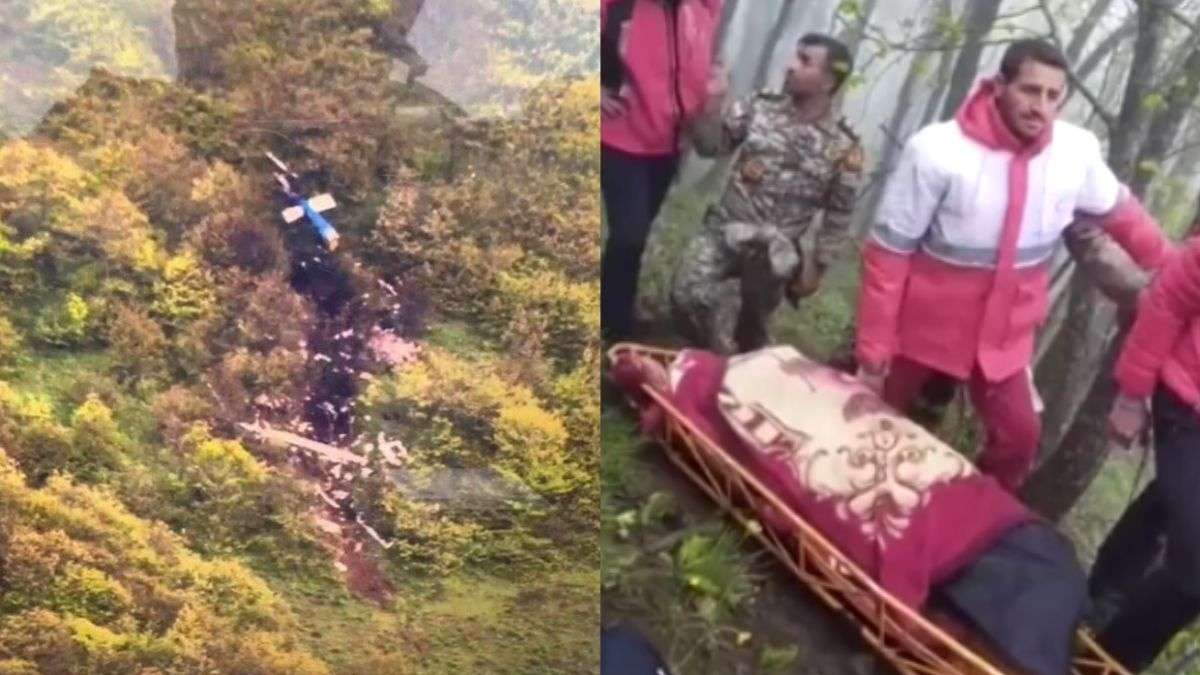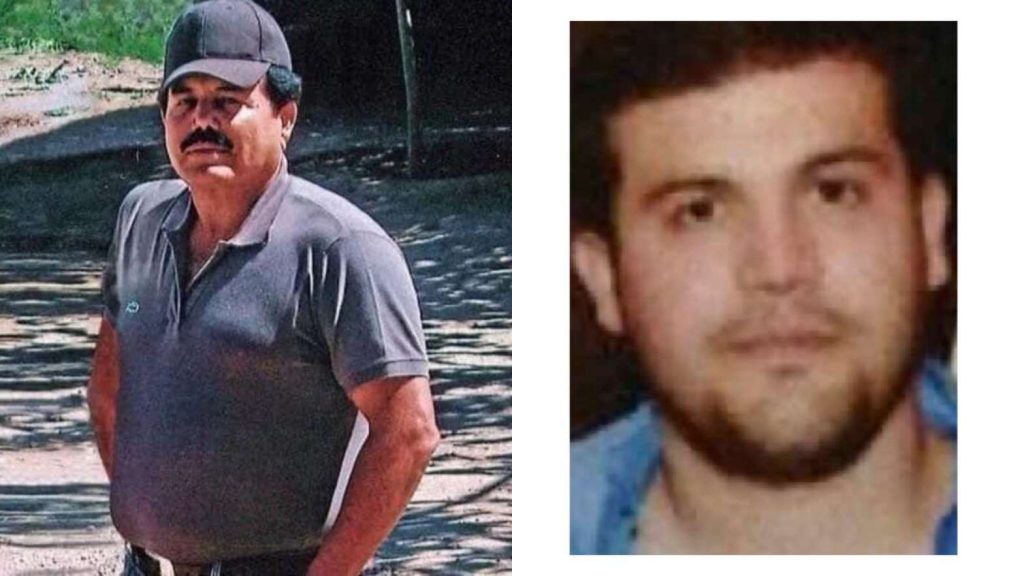
Tragic Tale of Survival: Iranian President’s Helicopter Crash and the Global Impact
Date: May 21, 2024 – In a tragic incident that has sent shockwaves across the world, Iranian President Ebrahim Raisi and Foreign Minister Hossein Amir-Abdollahian, along with several other passengers and crew members, were killed in a helicopter crash in the Jofa region of the western province of East Azerbaijan on May 19, 2024. The crash, which occurred in a mountainous area, has left the global community in a state of disbelief and concern. This article delves into the details of the incident, its aftermath, and the potential implications for Iran and the international community.
Table of Contents
The Crash and Initial Reports
Are the Mossad and the CIA involved in taking down the helicopter transporting the Iranian President Ebrahim Raisi and Foreign Minister Hossein Amir-Abdollahian?
It’s too early to tell, but considering the ClA’s assassination of Suleimani, their tracking of Iran’s leaders, and… pic.twitter.com/eTftKSDVDy
— FBS (@wanderpill) May 20, 2024
On Sunday, May 19, 2024, President Raisi was on an official visit to the Jofa region when his helicopter crash-landed in a remote, mountainous area. Initial reports from Iranian state television network IRINN suggested brief contact was made with one of the passengers and one of the crew members after the crash. However, these claims were later disputed by Hossein Hatami, the representative of Kalibar, where the helicopter crashed.
Iran’s cabinet, chaired by first vice-president Mohammad Mokhber, held an emergency meeting on Sunday night, after which the health minister and executive vice-president were instructed to travel to the area. The crash comes at a time of widespread dissent within Iran, with the country’s clerical rulers facing international pressure over Tehran’s support for Russia in its war against Ukraine, as well as its nuclear program.
The Tragic Loss of President Raisi and Others
Despite the severity of the crash, there were no survivors, including President Raisi and several other passengers and crew members. The exact number of passengers and their conditions have not been disclosed yet. The Iranian government has been tight-lipped about the incident, likely due to the sensitive political climate and the potential for further unrest.
The news of President Raisi’s death has been met with a mix of grief and skepticism, as the circumstances surrounding the crash remain unclear. Iranian citizens and the international community are eagerly awaiting more information about the incident and its implications.
Impact on Iran’s Domestic Politics
President Raisi, who had been in office since 2021, oversaw a period of heightened tensions both domestically and internationally. Under his leadership, Iran continued arming proxy groups in the Middle East, such as Yemen’s Houthi rebels and Hezbollah in Lebanon. Raisi also presided over the crackdown on several nationwide protest movements, the most recent being those that swept the country after the death of Mahsa Amini, a young woman detained for improperly wearing a headscarf.
The helicopter crash and the deaths of President Raisi and others have the potential to exacerbate the existing tensions within Iran. Opposition groups may use the incident as a rallying point, while the government will likely seek to maintain control and stability. The coming days and weeks will be crucial in determining the political fallout from the crash.
International Reactions and Implications
The crash and its aftermath have drawn attention from world leaders and international organizations. Ilham Aliyev, the Azeri president who had been with President Raisi on Sunday morning, expressed his condolences, stating, “Today, after bidding a friendly farewell to the President of the Islamic Republic of Iran, Ebrahim Raisi, we were profoundly troubled by the news of a helicopter carrying the top delegation crash-landing in Iran.”
The incident has also raised questions about the stability of the Middle East region, which is already grappling with numerous conflicts and crises. Iran’s nuclear program, its support for Russia in the Ukraine war, and its role in regional proxy conflicts are all issues that will likely be affected by the crash and its aftermath.
Investigation and Accountability
As the dust settles from the crash, the Iranian government will undoubtedly launch an investigation into the incident. The findings of this investigation will be crucial in determining the cause of the crash and any potential culpability. However, given the Iranian government’s history of opacity and its tendency to suppress dissent, it remains to be seen how transparent and thorough the investigation will be.
The crash also raises questions about the safety and security of Iran’s political leaders. If the crash is found to be the result of negligence or malicious intent, it could have serious implications for the Iranian government’s ability to protect its officials and maintain public trust.
Conclusion
The tragic helicopter crash involving Iranian President Ebrahim Raisi has left the world on edge, with the potential for significant political and diplomatic fallout. As the Iranian government grapples with the aftermath of the incident, the international community will be watching closely for signs of stability and accountability. In the coming days and weeks, the world will undoubtedly learn more about the circumstances surrounding the crash and its implications for Iran and the wider Middle East region.
Opinion
The tragic tale of the helicopter crash that claimed the lives of Iranian President Ebrahim Raisi and others serves as a stark reminder of the precarious state of affairs in the Middle East. The incident has the potential to exacerbate existing tensions within Iran and the region, with the international community watching closely for signs of stability and accountability.
May 20, 2024

















